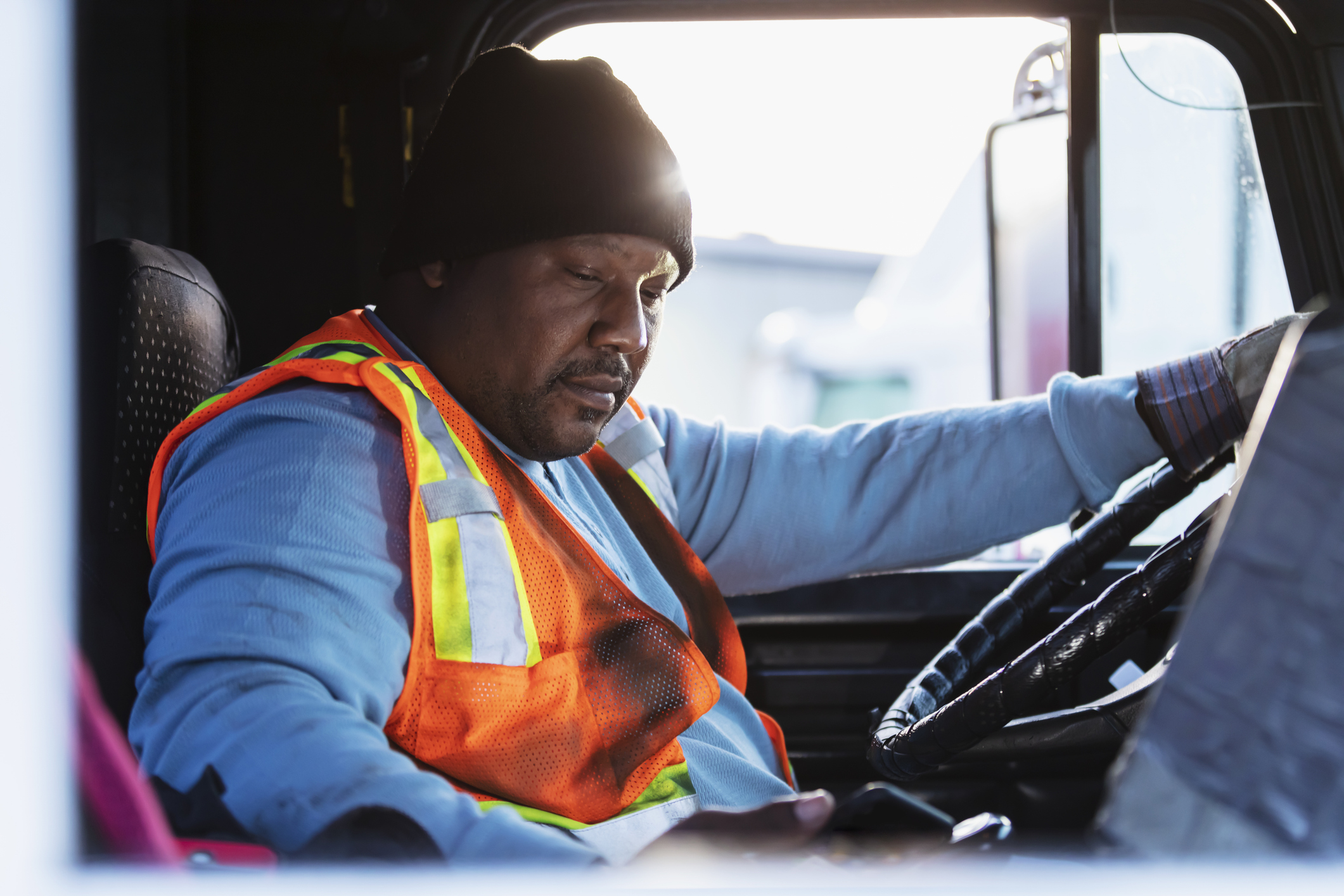How Feedback Can Solve Challenges in Trucking

Wouldn’t it be nice if work (and, let’s be honest, life in general) were seamless and simple at all times? Trust us, we know that the trucking industry, in particular, is rife with challenges, especially in the current environment.
With that said, though, challenges within trucking and logistics overall aren’t insurmountable. They’re speed bumps rather than dead ends, so to speak.
The first step in solving the problems within the industry is knowing what they are. Sounds simple enough, right? But for many trucking carriers, gaining a true understanding of the problems drivers are facing is a challenge in and of itself.
Without gaining the perspective of the professional drivers themselves, carriers base decisions that impact those drivers on their own assumptions. This perpetuates the retention problem that has plagued the industry for years.
What’s the solution? Offer your drivers a truly meaningful way to share their feedback. Having that feedback will help your company overcome common challenges and benefit your retention efforts. Read on to learn how.
Driver Challenge 1: Inefficiency
The problem >> In an ideal world, drivers would be able to move freight from point A to point B without hiccups along the way. They’d be compensated appropriately for all the time spent on the road, secure in the knowledge that no time was wasted or unpaid for.
But the reality looks much different! Each day they’re on the road, drivers face challenges that impede the work they do. While some are largely beyond our control, like inclement weather or a rise in COVID-19 cases, many of these problems are the result of inefficient practices related to traffic, customers, and vendors.
How feedback helps >> Because the decision-makers for most companies are often detached from the everyday work, getting the insight of the drivers who are in the weeds each day is essential to impacting change.
“Drivers are the eyes and ears of the company,” says Katie Love, Marketing Manager at WorkHound. “They can provide insight that a company’s own telematics can’t provide. Drivers are seeing things in real-time and can provide critical feedback to help drive improvements.”
Driver Challenge 2: Lack of Communication/Expectation Setting
The problem >> Ask anyone who’s been around the trucking industry for any length of time, and they’ll tell you there’s definitely a gap between what companies think they’ve communicated with drivers and what the drivers actually heard.
When drivers don’t get the information they need, whether on the front end during the hiring process or at another point during their employment, it’s almost certain that expectations won’t be met — either on the part of the driver or on the part of the company.
How feedback helps >> While there’s a consensus that there’s a communication gap, there is no definitive answer on where that gap occurs. It actually differs quite a bit from company to company and even in individual cases within the same company.
“Having the ability to offer feedback is a way to improve communication,” Love says. “Companies know that expectations aren’t aligned. Feedback helps carriers identify exactly where those expectations aren’t matching up — sometimes it’s in recruiting, but sometimes it’s in the shop or in some other aspect of the company. Knowing where the gap is occurring can help carriers find a better way to share information and expectations.”
Driver Challenge 3: Poor Working Conditions
The problem >> Drivers are on the road nearly every day. That means they face working conditions unlike those faced by the vast majority of Americans. In many cases, those working conditions are less than optimal.
As they travel from place to place, drivers see a wide range of conditions, whether they’re visiting their company’s own facilities or making a drop or pickup at a client warehouse or freight depot. Beyond physical locations outside their vehicles, drivers operating carrier-owned equipment may also experience equipment deficits that can lead to dangerous conditions or valuable time spent off the road.
How feedback helps >> This is another circumstance where the “powers that be” are detached from the everyday realities — and where having the real-time insights of drivers is important. In fact, gaining perspective from those exposed to the working conditions can be eye-opening at times.
“As an example here, driver feedback has demonstrated that some terminals don’t have facilities for women,” Love says. “It doesn’t come up often with an open-door policy, because drivers just expect that there isn’t going to be access to what they need. As it’s started to come up in driver feedback, it’s really served as a way to provide equal conditions for female drivers. That goes to show the impact of actually asking drivers what they’re experiencing.”
Facing a persistent retention problem and ready to make meaningful change? Offer your drivers a way to share their voice. Sign up for a free demo to learn how WorkHound can help!
driver retention, driver turnover, trucking, trucking industry
Let's Build Better Workplaces Together
Revolutionize your company culture and your worker retention rates by improving communication and engagement.
Book a Demo

